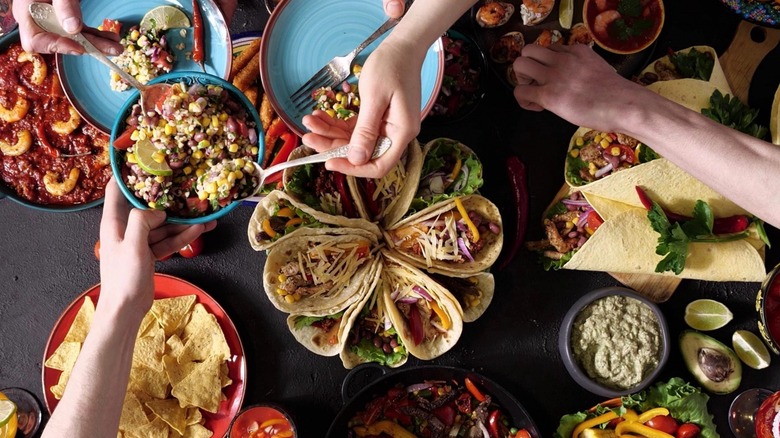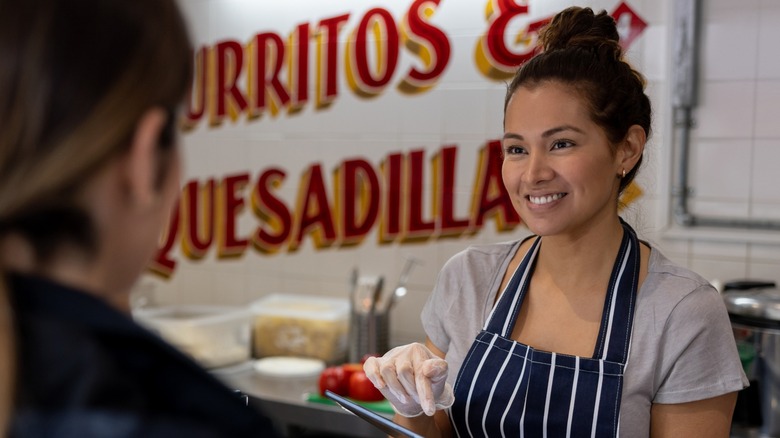New Data Shows That One In 10 US Restaurants Offer Mexican Cuisine
Pew Research Center data has unveiled a fascinating facet of America's culinary landscape, revealing that a noteworthy 11% of all restaurants in the United States serve Mexican cuisine. Delving deeper into these findings, it becomes evident that the influence of Mexican culture is ingrained across the nation. A staggering 85% of U.S. counties boast at least one Mexican restaurant, emphasizing the widespread appeal and integration of Mexican flavors into the American palate.
This sheer volume of Mexican eateries signifies more than just a culinary trend. It speaks volumes about the cultural amalgamation that defines the United States. The diversity and richness of Mexican cuisine have become an integral part of the American experience, stretching from the popularity of Tex-Mex cuisine to the growing appreciation for the breadth of our southern neighbor's full culinary spectrum. Whether you find yourself in the Heartland or on the coasts, the chances are high that you're just a short distance away from at least some iteration of Mexican cuisine, be that familiar fare like tacos or something a bit less well-known.
What's more, the fact that Mexican restaurants are found in 85% of U.S. counties underscores the cultural diversity and integration that characterizes American society. It reflects fully the role that Mexican immigrants and Mexican-Americans play in all aspects of society and it cements their place in the nation's identity. The popularity of Mexican cuisine extends beyond merely satisfying taste buds; it symbolizes a shared appreciation for the diversity that defines the American experience.
Mexican food is a big part of America's culinary landscape
While Mexican restaurants are dispersed throughout the United States, their concentration is particularly notable in specific regions. Unsurprisingly, California and Texas as well as other states situated near the Mexican border, host a significant number of these eateries. This proximity speaks not only to geographic convenience but also to the historical and cultural connections between these border regions. Let us not forget that a significant portion of what is now the American Southwest and West Coast were once part of Mexico.
Major urban centers such as Chicago and New York City are also culinary hubs for Mexican cuisine. The presence of Mexican eateries in these bustling metropolises underscores not only the thriving Mexican communities therein but also the widespread popularity and acceptance of Mexican food by the larger population. It reflects a broader trend where the culinary landscape mirrors the multicultural fabric of these cities. But it's not just the cities that have vibrant Mexican communities and representation.
Indeed, the thriving Mexican food scene across the country indicates that Mexican-American identity is American identity, and all Americans, regardless of their cultural background, have developed a profound appreciation for Mexican flavors. One might even argue that Mexican cuisine is inextricably linked to the cuisine of the U.S., as is evidenced not just by the impressive number of Mexican restaurants that dot the nation, but by the large number of non-Mexican focused restaurants that also feature Mexican or Mexican-inspired menu items.

